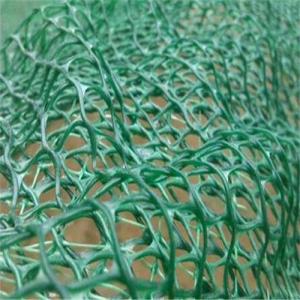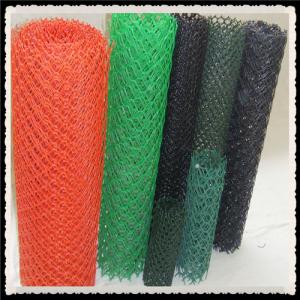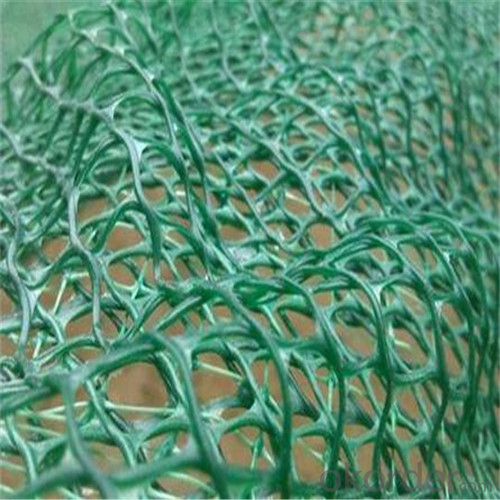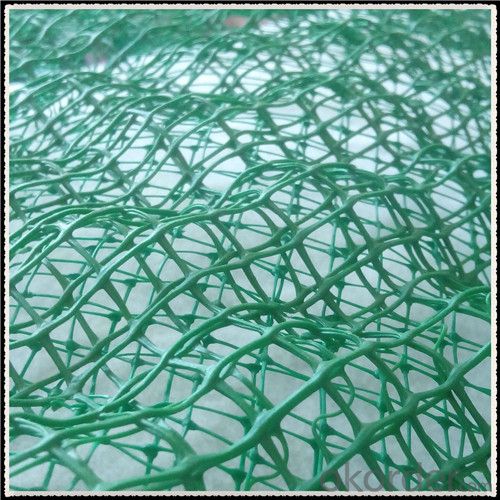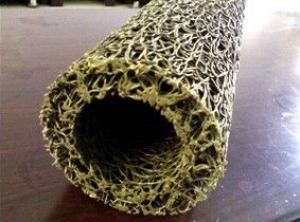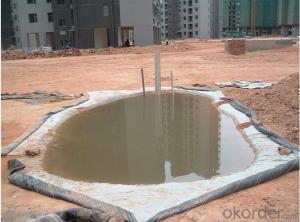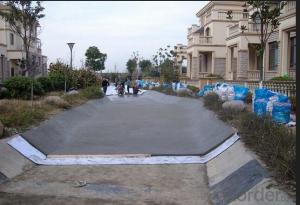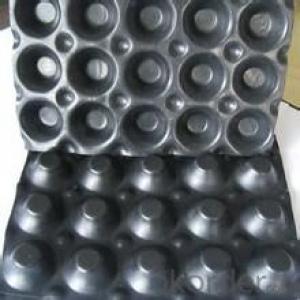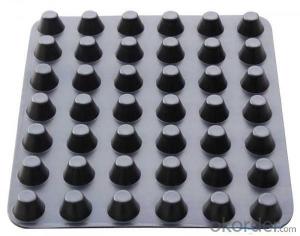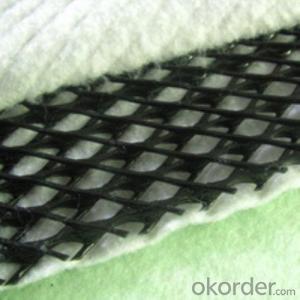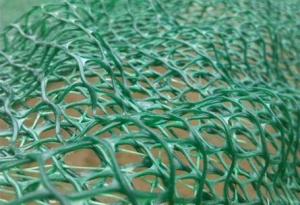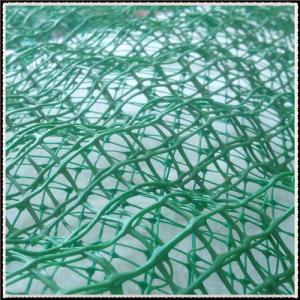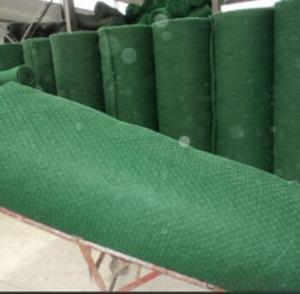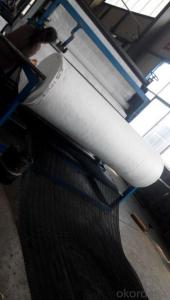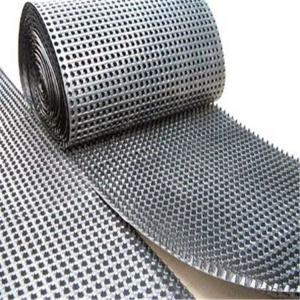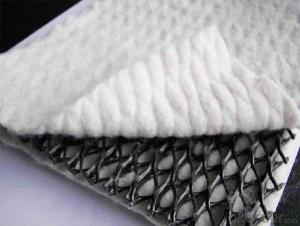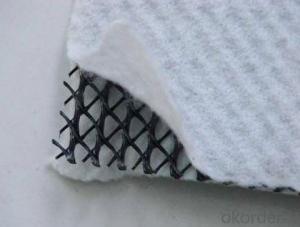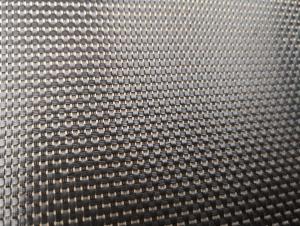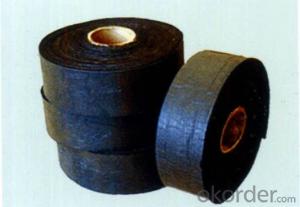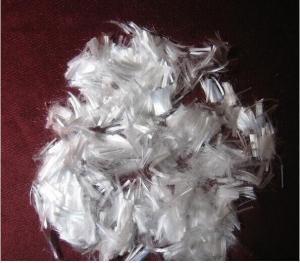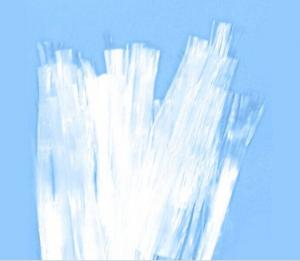Geomat 3D Mesh and Geonet for Erosion Control
- Loading Port:
- Qingdao
- Payment Terms:
- TT or LC
- Min Order Qty:
- 1000 m²
- Supply Capability:
- 100000 m²/month
OKorder Service Pledge
OKorder Financial Service
You Might Also Like
Geomat Description:
Geonet/Geomat is made from a kind of high-density polyethylene (HDPE) with properties of anti-aging and anticorrosion.
3D geomat erosion control mat is a kind of high polymer synthetic material made of 3D mesh structure, quality of a material is loose, flexible, with 90% of the space can fill soil,sand,the roots of the plants are grown through them balanced, the growth of grass make gauze pad, turf, soil surface firmly together, because the plant roots can be extended into the surface of the 30-50 cm, so the formation of a solid layer of green composite coating.
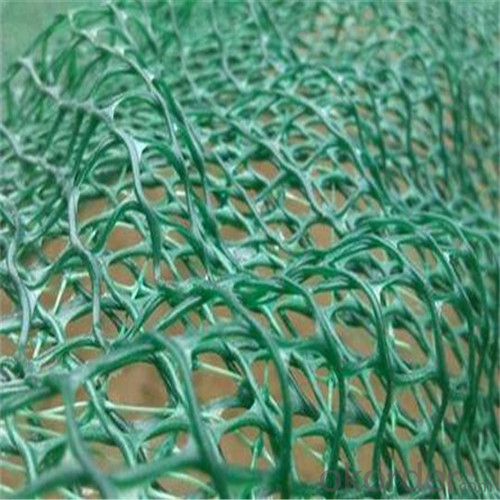
Geomat Specification:
CE121,CE131, CE151, DN1, HF10
Geomat Property:
1)Uniform structure, bear high pressure, improve the roadbed bearing capacity, enlarge its lifetime
2)Anti-aging, protect dam and rock surface from chemical erosion and sea water corrode.
Geomat Application:
1.Before the greensward grows, it prevents the surface of the land from the erosion of the wind and rain.
2 .Form compound protection layer with the vegetable, standing the wash-out of the high water level and large speed current.
3.Replace the concrete, asphalt, and block, using in the slope surface protection of roadway, railway, river-way, dyke, and the hillside, etc.
- Q: How is it related to civil engineering?
- From the narrow sense of the definition, civil engineering is equivalent to civil engineering, that is, construction (or structural engineering) this small range.
- Q: How do earthwork products contribute to soil stabilization in construction sites?
- Earthwork products, such as geotextiles, geogrids, and geomembranes, play a crucial role in soil stabilization on construction sites. These materials are designed to enhance the soil's strength, prevent erosion, and control water movement, ensuring the stability and durability of the built structures. Geotextiles, for example, act as filters, separating different soil layers, preventing intermixing, and reinforcing the soil. Geogrids, on the other hand, provide tensile strength to the soil, increasing its load-bearing capacity and reducing settlement. Overall, earthwork products improve the overall stability of the soil, minimize the risk of slope failure, and contribute to the long-term success of construction projects.
- Q: What are the different surface textures available for earthwork products?
- There are various surface textures available for earthwork products, including smooth, rough, grooved, and textured.
- Q: How are geocells used for slope stabilization?
- Geocells are used for slope stabilization by providing a reinforced structure that helps prevent soil erosion and slope failures. They are typically installed on the slope surface and filled with compacted soil or other suitable materials. The interlocking honeycomb-like cells create a stable base, distributing the weight evenly and reducing the pressure on the slope. This helps to retain the soil and prevent it from sliding down. Geocells also allow for vegetation growth within the cells, further enhancing slope stability through root reinforcement. Overall, geocells provide an effective and sustainable solution for slope stabilization.
- Q: How are geosynthetics used in drainage systems?
- Geosynthetics are used in drainage systems to enhance their performance and longevity. These materials, such as geotextiles and geomembranes, are placed in the soil or gravel layers to separate different materials, prevent soil erosion, and filter water. They also help to control the flow of water, distribute it evenly, and reduce the risk of clogging, thereby improving the overall efficiency and sustainability of drainage systems.
- Q: How do earthwork products enhance soil fertility?
- Earthwork products can enhance soil fertility by providing essential nutrients and organic matter to the soil. These products, such as compost or organic fertilizers, are rich in nutrients like nitrogen, phosphorus, and potassium, which are crucial for plant growth. Additionally, earthwork products improve soil structure, water-holding capacity, and aeration, promoting the growth of beneficial microorganisms and enhancing the overall health of the soil.
- Q: How do earthwork products contribute to water conservation?
- Earthwork products, such as mulch and soil amendments, play a vital role in water conservation. Mulch acts as a protective layer, preventing evaporation of soil moisture and reducing the need for frequent watering. It also helps to regulate soil temperature, minimizing water loss through excessive heat. Soil amendments, on the other hand, improve soil structure and water-holding capacity, allowing plants to absorb and retain more water. By using these earthwork products, we can conserve water by reducing irrigation needs and promoting healthier, more resilient landscapes.
- Q: How do earthwork products differ from other construction materials?
- Earthwork products differ from other construction materials in that they are derived directly from the earth itself. Unlike materials such as steel, concrete, or wood, earthwork products are typically made from natural materials like soil, gravel, or sand. These products are often used in civil engineering and construction projects to create embankments, foundations, or to backfill trenches. Earthwork products are cost-effective, abundant, and can be easily sourced on-site, making them a sustainable and environmentally friendly choice for construction projects.
- Q: Are earthwork products suitable for constructing playgrounds?
- Yes, earthwork products can be suitable for constructing playgrounds. Earthwork products such as soil, gravel, and mulch can be used for creating a safe and level surface for playgrounds. Additionally, these materials can be used for creating mounds, berms, and landscaping features that add interest and play value to the playground.
- Q: Are earthwork products suitable for use in horse arenas?
- Yes, earthwork products can be suitable for use in horse arenas. These products, such as sand or clay, can be used as footing materials to provide a suitable surface for horses to perform on. Properly prepared and maintained earthwork products can offer good traction, cushioning, and support for horses during various activities in the arena. However, it is important to consider factors like drainage, compaction, and maintenance to ensure the suitability and safety of the earthwork products for horse arenas.
Send your message to us
Geomat 3D Mesh and Geonet for Erosion Control
- Loading Port:
- Qingdao
- Payment Terms:
- TT or LC
- Min Order Qty:
- 1000 m²
- Supply Capability:
- 100000 m²/month
OKorder Service Pledge
OKorder Financial Service
Similar products
Hot products
Hot Searches
Related keywords
